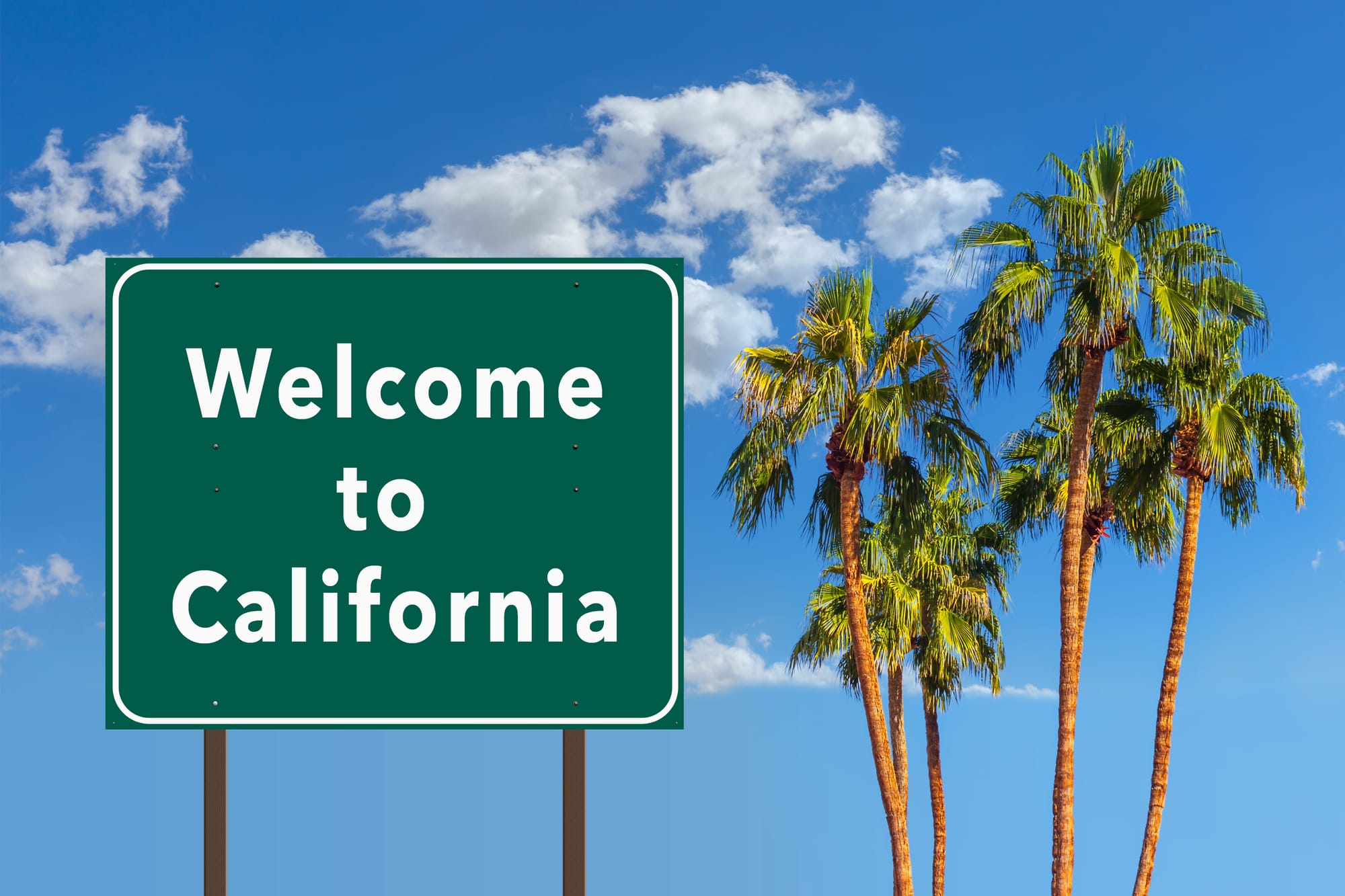Why People from Washington and Oregon Are Seeking Recovery in Southern California

As peaceful and nature-rich as the Pacific Northwest often feels, states like Washington and Oregon are quietly facing a mounting addiction crisis—particularly since 2020. More and more individuals from these states are looking for real recovery solutions beyond their immediate borders. According to a study conducted by DesignToRecover.com, Southern California has emerged Nationally as the top destination for rehab and sober living, especially for those seeking structure, support, and sunshine. With a high concentration of nationally recognized treatment programs, California is becoming a clear option for long-term recovery and personal transformation.
The Rise of Substance Abuse in the Pacific Northwest
Since 2020, the rates of substance use disorders in Oregon and Washington have climbed sharply. According to state health departments and federal surveys, fentanyl-related overdoses have more than doubled, while methamphetamine and alcohol abuse continue to plague both urban and rural areas. Oregon, in particular, has struggled with the rollout of decriminalization efforts, leaving many without proper treatment pathways.
Mental health struggles—especially among youth and working adults—have only intensified the issue. Resources are stretched thin, especially in rural parts of both states, and waitlists for quality rehab programs continue to grow.
Why Southern California?
Southern California offers what many in the Northwest cannot: consistent access to sunlight, robust structured recovery environments, and world-class treatment programs. According to the Design To Recover study, more than 25% of respondents from Washington and Oregon who were successful in long-term sobriety had participated in a rehab or sober living program located in Southern California.
Top reasons people are relocating to SoCal for recovery include:
- Warmer climate aiding in mood regulation and depression
- Highly structured, 12-step-based sober living options
- More holistic, experiential treatment models
- Larger recovery community and sober activities
- Better access to insurance-accepted care
Mental Health & Substance Abuse: A Dual Epidemic
In the Pacific Northwest, the conversation about addiction often includes a parallel issue: untreated or undertreated mental health conditions. Many individuals struggle with co-occurring disorders such as anxiety, depression, and PTSD alongside substance use. Southern California programs are better equipped with dual-diagnosis treatment specialists, trauma-informed care, and psychiatric support that many smaller regional centers in Oregon and Washington still lack.
Sober Living in SoCal: More Than a Bed
Recovery isn’t just about detox—it’s about building a life. Southern California sober living environments offer structure paired with independence. Residents often participate in group therapy, 12-step meetings, and job readiness programs while learning to re-integrate into society. With beaches, hiking trails, community volunteer opportunities, and a thriving sober social scene, many find it easier to envision a fulfilling future here.
The Insurance Factor: A Practical Reason for Going South
Another compelling reason for the migration is insurance acceptance. Many Southern California facilities accept a wide range of private and public insurance, including providers not readily accepted in parts of the Pacific Northwest. This access expands treatment possibilities for individuals who may otherwise be limited by financial barriers.
A Young Person’s Perspective: Why SoCal Just Works
Young adults from Washington and Oregon often report feeling stagnant or “stuck” in their hometowns. Many report that the change of scenery itself was transformational. Being in a new environment—away from toxic influences and stressors—makes it easier to embrace sobriety, build a new social circle, and start fresh.
Cautions and Considerations
While relocating for treatment can be incredibly beneficial, it isn’t always easy. Homesickness, financial logistics, and aftercare planning are all challenges to navigate and/or prepare for. It’s crucial for individuals and families to work with programs that offer strong alumni support and post-treatment resources. Fortunately, many SoCal programs have this built-in.
The Bottom Line
Southern California has earned its reputation as a recovery destination for residents from across the country—and the Pacific Northwest is no exception. Between the weather, world-class care, and vibrant sober community, it’s no wonder individuals from Washington and Oregon are increasingly making the trek south and turning recovery into a whole new adventure.